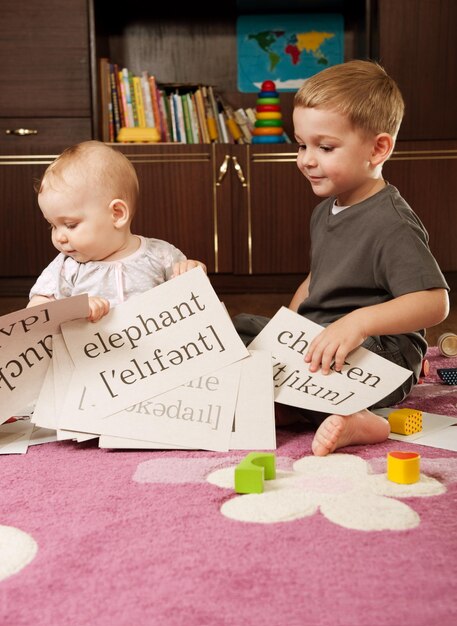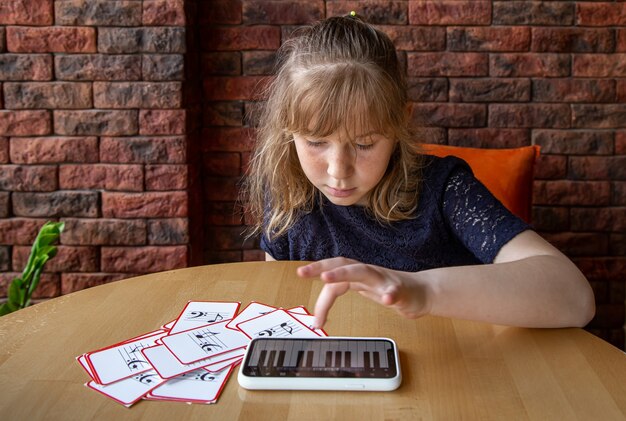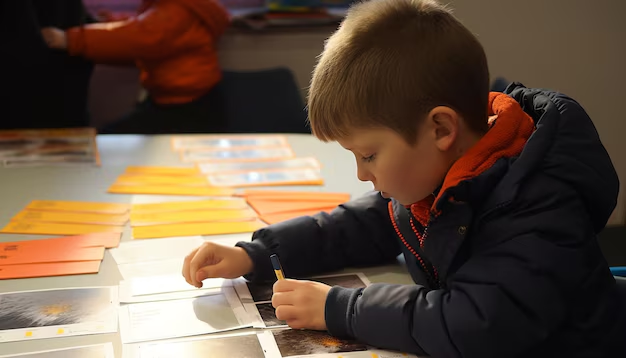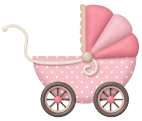Brain stimulation cards
Brain stimulation cards for kids are an excellent way to encourage cognitive development, creativity, and critical thinking. Here are some ideas and examples of brain stimulation cards:
Categories
1. Problem-Solving: Cards with puzzles, riddles, or brain teasers that challenge kids to think critically.
2. Creativity: Cards that encourage kids to express their imagination through drawing, writing, or storytelling.
3. Memory and Concentration: Cards that help kids improve their memory and concentration skills through games and activities.
4. Logic and Reasoning: Cards that promote logical thinking and reasoning through patterns, sequences, and relationships.
5. Language and Literacy: Cards that enhance language skills through wordplay, rhymes, and storytelling.


Categories
1. What’s Missing?: A card with a picture of a scene, and kids have to identify what’s missing.
2. Pattern Completion: A card with a pattern, and kids have to complete it.
3. Word Chain: A card with a word, and kids have to come up with a word that starts with the last letter of the previous word.
4. Story Starters: A card with a prompt, and kids have to start telling a story.
5. Rhyming Bingo: A card with a word, and kids have to come up with a word that rhymes with it.
6. Maze: A card with a maze, and kids have to navigate through it.
7. Analogies: A card with an analogy, and kids have to solve it.
8. Shape Sorting: A card with different shapes, and kids have to sort them into categories.
Benefits
1. Improved Cognitive Skills: Brain stimulation cards can enhance problem-solving, memory, concentration, and critical thinking skills.
2. Boosted Creativity: Cards that encourage creativity can help kids develop their imagination and self-expression.
3. Enhanced Language Skills: Cards that focus on language and literacy can improve reading, writing, and communication skills.
4. Developed Critical Thinking: Brain stimulation cards can help kids develop critical thinking skills, including analysis, evaluation, and problem-solving.


Tips for Parents and Educators
1. Make it Fun: Use brain stimulation cards as a fun and engaging activity, rather than a chore.
2. Encourage Independence: Allow kids to work on brain stimulation cards independently, but be available to provide guidance and support.
3. Monitor Progress: Track kids’ progress and adjust the difficulty level of brain stimulation cards accordingly.
4. Use a Variety of Cards: Use a mix of different types of brain stimulation cards to keep kids engaged and challenged.


